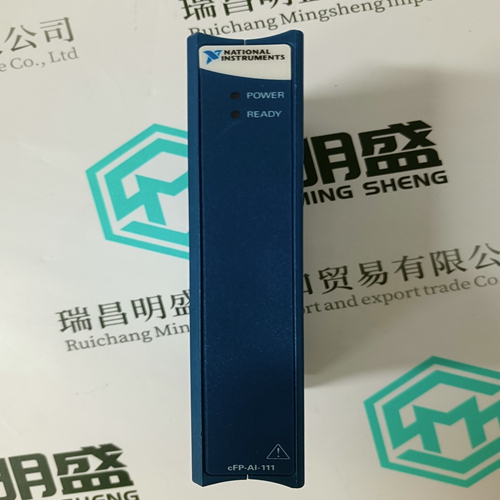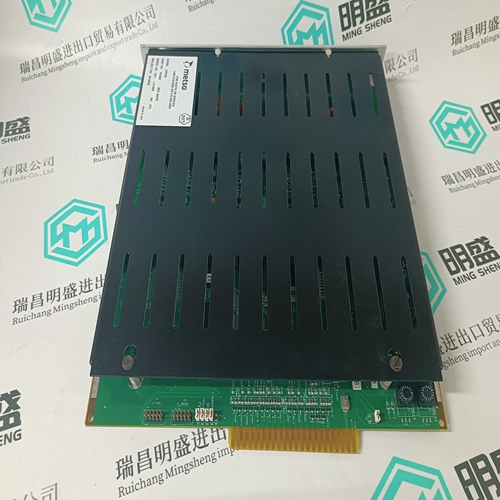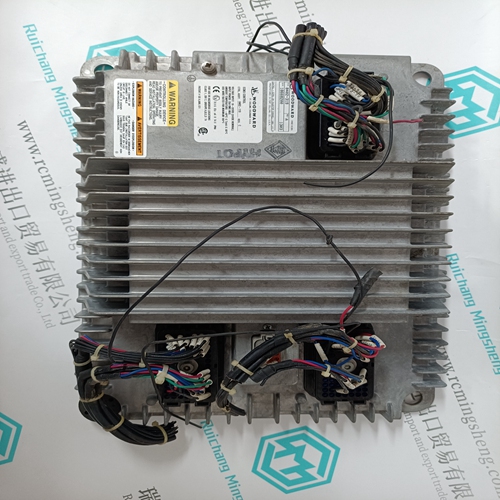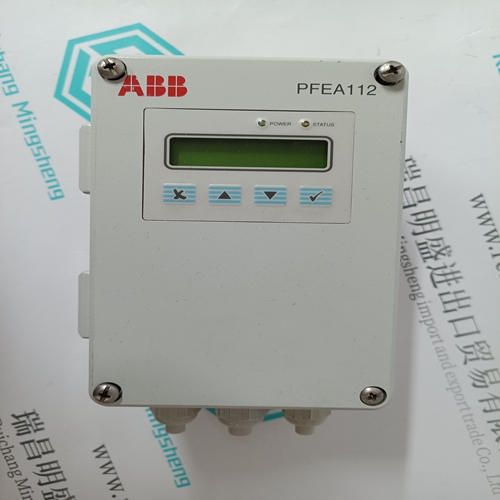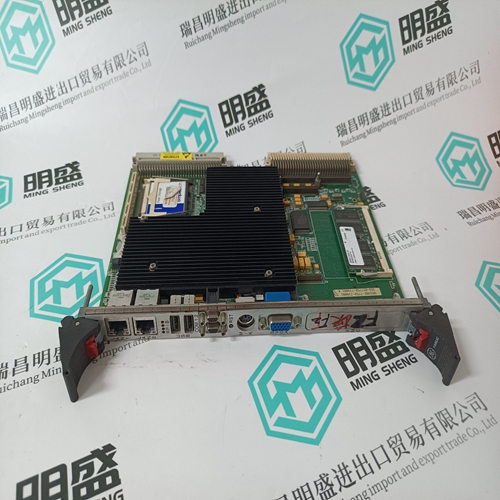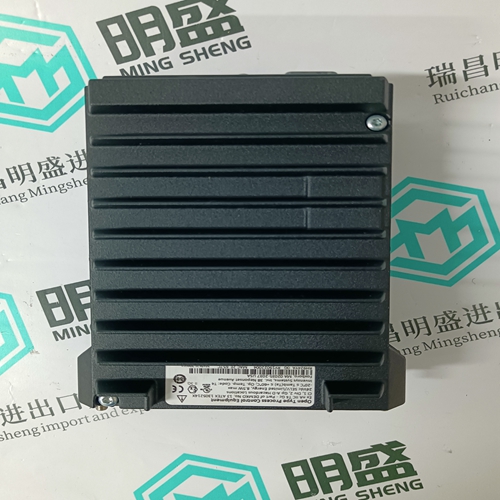Home > Product > Robot control system > Nikon 4S018-378 Control Pulse Module
Nikon 4S018-378 Control Pulse Module
- Goods status: new/used
- Delivery date: stock
- The quality assurance period: 365 days
- Phone/WhatsApp/WeChat:+86 15270269218
- Email:stodcdcs@gmail.com
- Tags:Nikon4S018-378Control Pulse Module
- Get the latest price:Click to consult
Nikon 4S018-378 Control Pulse Module
Product Details Introduction
The Nikon 4S018-378 Control Pulse Module is a device used to generate, adjust, or process pulse signals, typically used in various applications, including scientific research, industrial automation, communication, testing, and measurement. The following are some common product features of the Nikon 4S018-378 control pulse module:
Pulse generation: The Nikon 4S018-378 control pulse module is usually able to generate different types of pulse signals, such as square waves, sine waves, triangular waves, etc., to meet the needs of different applications.
Pulse modulation: They can be used to adjust the frequency, amplitude, duty cycle, and phase of pulses to adapt to different control tasks.
High precision and stability: The Nikon 4S018-378 control pulse module typically has high precision and stable performance to ensure high-quality generated pulse signals, suitable for applications that require precise control.
Multi channel support: Some modules have multiple independent channels that can be used to generate multiple pulse signals simultaneously to meet multi-channel control or testing requirements.
Synchronization performance: For applications that require synchronization of multiple pulse signals, the Nikon 4S018-378 control pulse module typically provides synchronization function to ensure signal consistency in time.
Trigger and trigger output: They typically support the input and output of external trigger signals for synchronous operation with other devices.
Multiple interfaces and communication protocols: The Nikon 4S018-378 control pulse module typically has various interfaces, such as USB, Ethernet, GPIB, etc., for communication and remote control with computers or other devices.
Built-in storage and playback function: The Nikon 4S018-378 control pulse module has built-in memory, which can be used to store pulse signal configurations and waveforms for future playback or comparison.
Product image
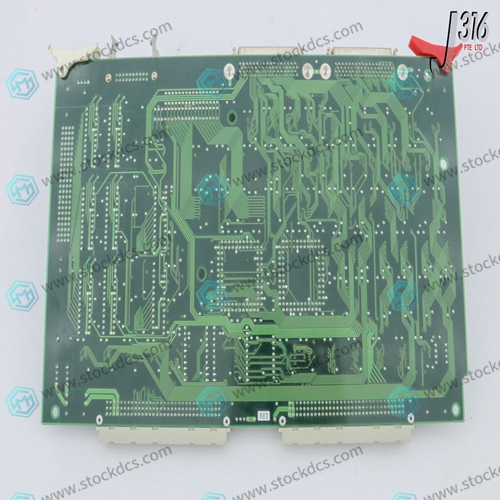
Related products:
Nikon 4S017-615 Control Pulse Module
